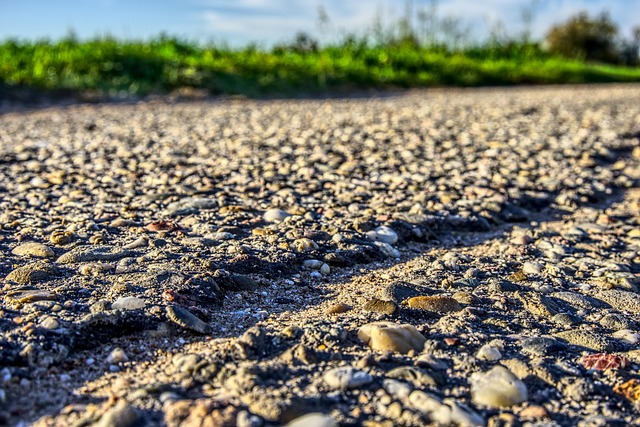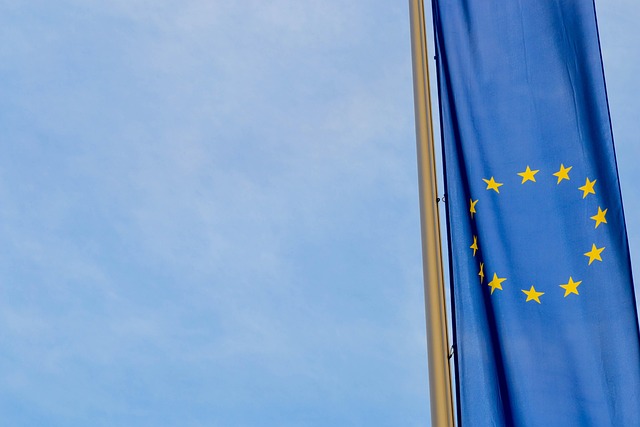Unveiling the Impact: Repression in Deforestation – A Climate Change Concern
 Read MoreUnveiling the Impact: Repression in Deforestation – A Climate Change Concern
Read MoreUnveiling the Impact: Repression in Deforestation – A Climate Change Concern Read MoreUnveiling the Impact: Repression in Deforestation – A Climate Change Concern
Read MoreUnveiling the Impact: Repression in Deforestation – A Climate Change Concern Read MoreFishing at Tengerszint Climate Change and Ocean Health
Read MoreFishing at Tengerszint Climate Change and Ocean Health Read MoreEconomic Damages from Climate Extremes
Read MoreEconomic Damages from Climate Extremes Read MoreReducing Waste Prevention to Cut Emissions and Fight Climate Change
Read MoreReducing Waste Prevention to Cut Emissions and Fight Climate Change Read MoreReconstruction After Climate Shock Building Resilient Communities
Read MoreReconstruction After Climate Shock Building Resilient Communities**The “Lighthouse” of Climate Science** The scientific community’s role in shaping public understanding of climate change is…
 Read MoreEuropean Identity Climate Action and the Future of the Environment
Read MoreEuropean Identity Climate Action and the Future of the Environment Read MoreSimulation of Rising Sea Levels: Climate Change Impact
Read MoreSimulation of Rising Sea Levels: Climate Change Impact Read MoreOptions for a Sustainable Climate Future
Read MoreOptions for a Sustainable Climate Future